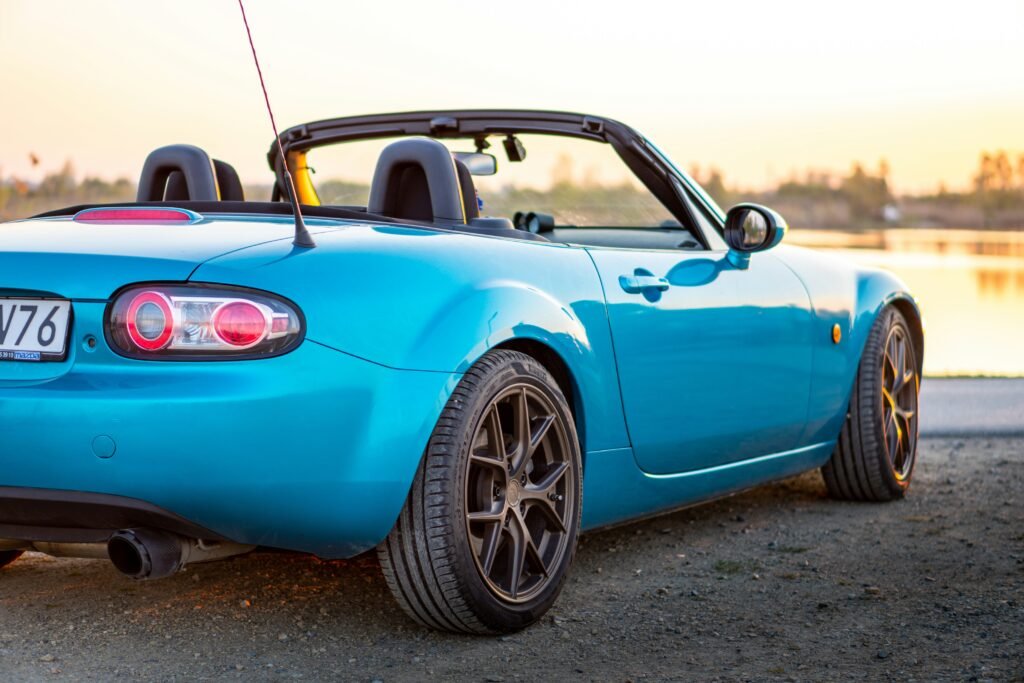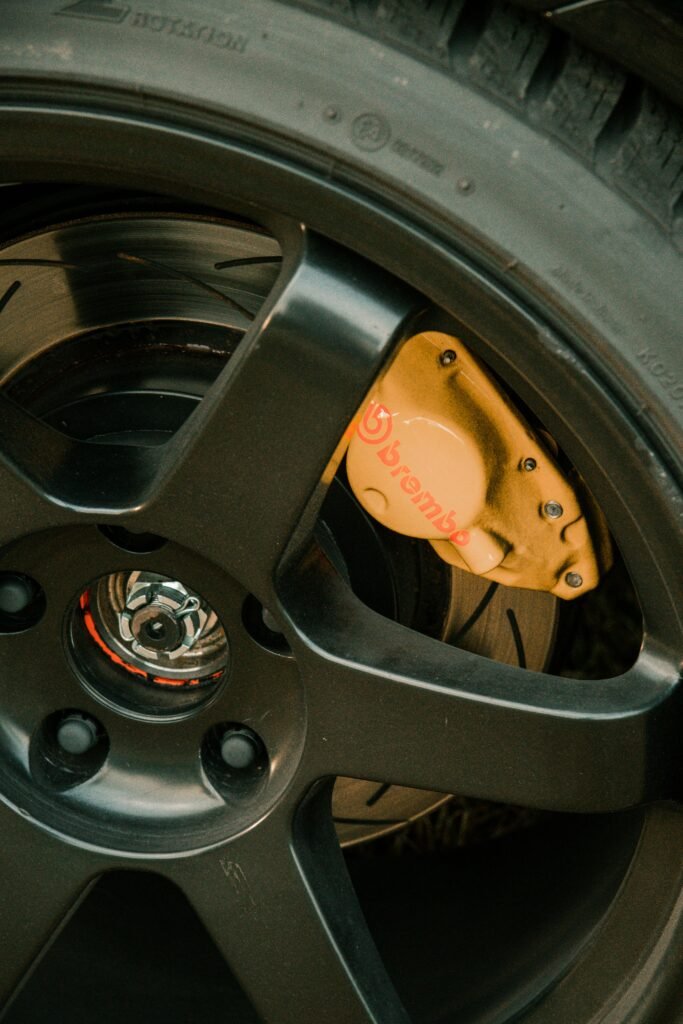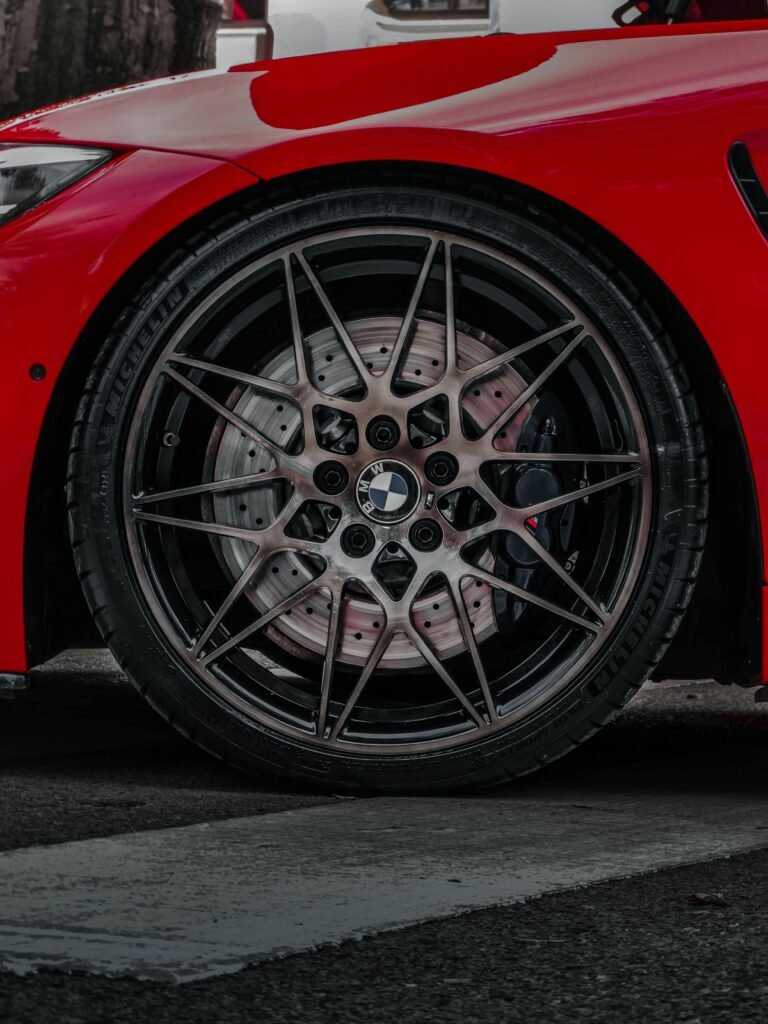If you’ve ever noticed those ugly scrapes on a wheel after brushing against a curb, you’ll understand why rim protection matters. Even the most careful drivers can misjudge a turn, hit a pothole, or clip a parking barrier. This can damage the wheel’s outer edge, known as the flange. That’s where a tire rim protector comes in.
Understanding Tire Rim Protectors
As the name suggests, a rim protector is designed to shield the wheel from curb damage and other minor impacts. It creates a small buffer between the wheel and any obstacle, helping preserve both appearance and structure.
There are two main types of rim protectors:
- Integrated Rim Protectors (built into the tire)
- Aftermarket Rim Protectors (installed onto the wheel)

1. Integrated Rim Protectors
Some tires come with a built-in protective strip molded into the sidewall. This slightly raised rubber ridge extends beyond the wheel flange so that, in the event of contact with a curb, the tire — not the metal wheel — takes the impact.
These are especially common on:
- Low-profile tires (where wheels are more exposed)
- Off-road tires (to guard against rocks and trail hazards)
Manufacturers use a thicker section of rubber in this area, which can withstand light scuffs without compromising tire safety. That said, they are not indestructible — serious impacts can still damage the wheel or the tire itself.
Important note: Tire stretching (mounting a narrower tire on a wider wheel) can make this feature ineffective because it pulls the sidewall inward, exposing the rim.

2. Aftermarket Rim Protectors
If your tires don’t have a built-in guard, you can add a rim protector that attaches directly to the wheel. These are usually made from durable rubber or plastic and are available in a variety of colors for both style and visibility.
Benefits of aftermarket rim protectors:
- Custom colors to match your car’s style
- Replaceable when worn or damaged
- Simple installation with minimal tools
They’re popular among drivers who want both protection and personalization.
How to Check if You Have a Rim Protector
- Aftermarket type – Easy to spot because they sit visibly on the outer lip of the wheel and may be a different color.
- Integrated type – Look closely at the tire’s sidewall. If a small rubber ridge sticks out further than the rim edge, you have a built-in protector.
What to Do if a Rim Protector Gets Damaged
- Aftermarket protector: Just replace it — installation is quick and inexpensive.
- Built-in tire protector:
- Light scuffs are usually fine as long as the internal cords aren’t visible.
- If you see fabric or metal reinforcement showing, the tire is unsafe and should be replaced immediately.
When in doubt, visit a professional tire shop. They can inspect the damage and confirm whether the tire is still roadworthy.

Can You Use Both Types Together?
Yes. If your tires already have a rim protector, adding an aftermarket one won’t cause fitment issues in most cases. This can offer extra protection. Though it’s worth remembering that no protector is foolproof against severe impacts.
Final Thoughts
A rim protector is a small feature that can make a big difference in keeping your wheels looking great and avoiding costly repairs. Whether built into the tire or added later, it acts as a sacrificial barrier taking the abuse so your wheels don’t have to.
While they won’t make your wheels indestructible, they are a smart investment for anyone who values both performance and appearance. Drive carefully, and let your rim protector take the hits so your wheels can keep shining.
